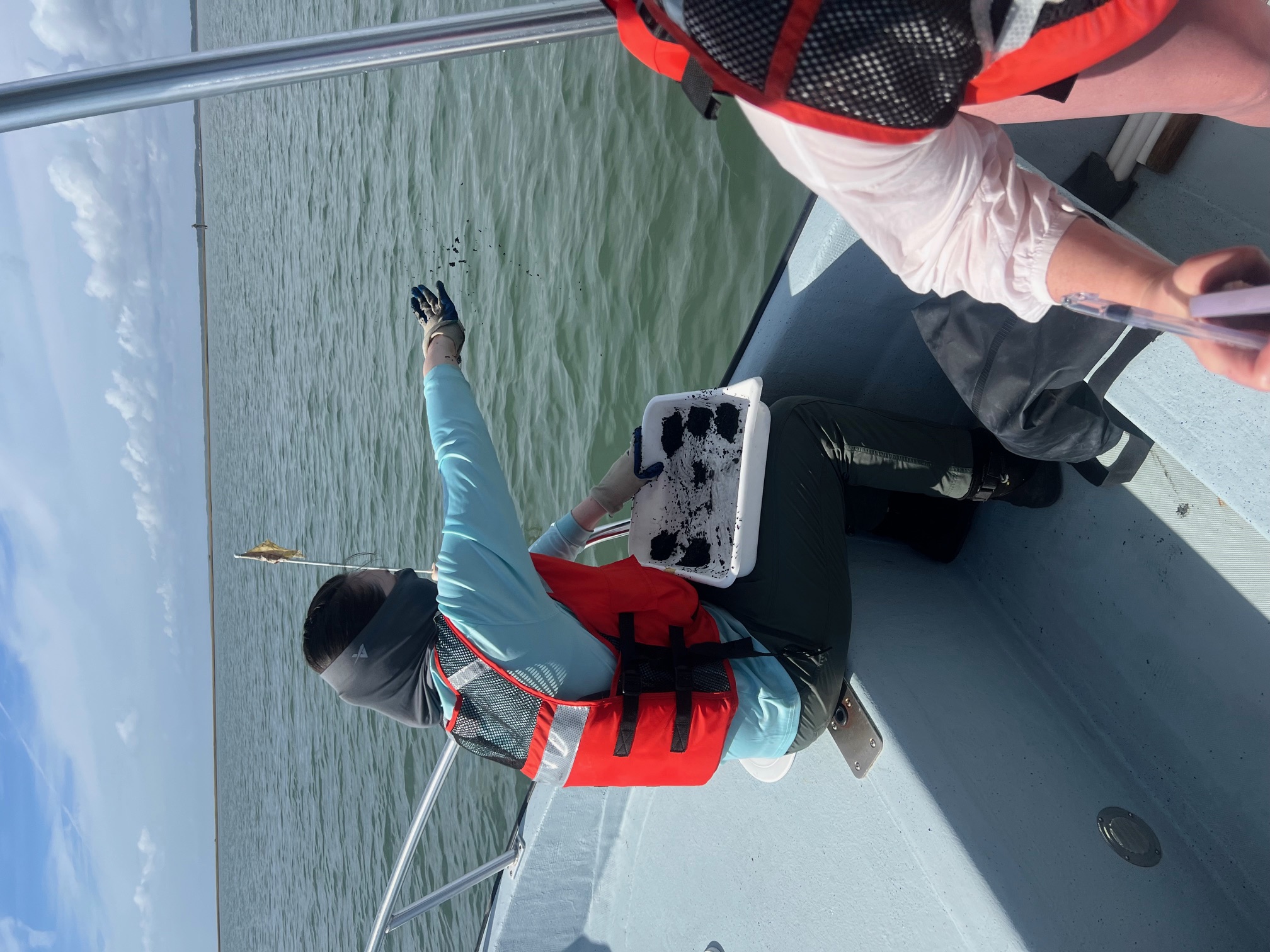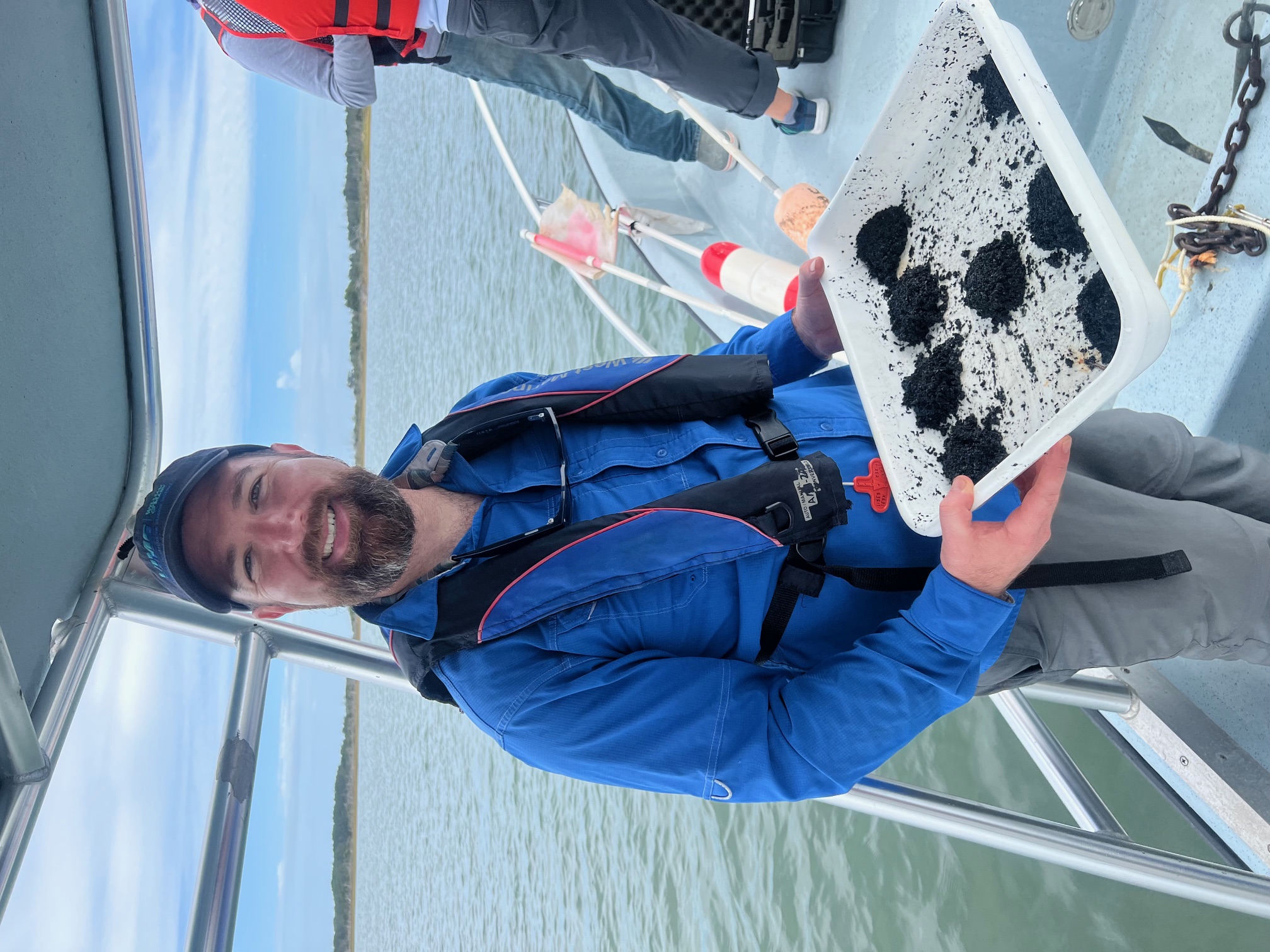Record-Breaking Eelgrass Restoration in Virginia's Eastern Shore
The Takeaway: Bipartisan Infrastructure Law-funded eelgrass restoration in Virginia’s Burtons Bay has revitalized critical habitat and fortified coastal resilience.

The Submerged Aquatic Vegetation Program at the Virginia Institute of Marine Science achieved a groundbreaking eelgrass habitat restoration in Burtons Bay, on Virginia's Eastern Shore, thanks to a $2,259,633 grant provided under the Bipartisan Infrastructure Law’s Coastal Zone Management Habitat Protection and Restoration Awards. The project team initially proposed to restore 60 acres of eelgrass and introduce six million scallops to Burtons Bay over three years. Surpassing projections, the effort sowed 800,000 eelgrass seeds across 80 acres, setting a new state record and far exceeding the initial 15-acre target for the project’s first year.

This successful venture now marks the first restoration activity completed under this funding program. The restoration impact there has already been tangible: over 10,000 acres of previously restored eelgrass meadows in the nearby South Bay have bolstered water quality, mitigated erosion, protected shorelines against storms, supported fishing industries, and enhanced ecotourism, with these benefits soon to be realized in Burtons Bay.
The restoration in Burtons Bay demonstrates how strategic investment and bipartisan support can drive environmental conservation and enhance community resilience in the face of a changing climate. (2024)
Partners: NOAA, The Nature Conservancy, Coastal and Estuarine Ecology Lab at the Virginia Institute of Marine Science
Federal Funding: $2,259,633
PRINT